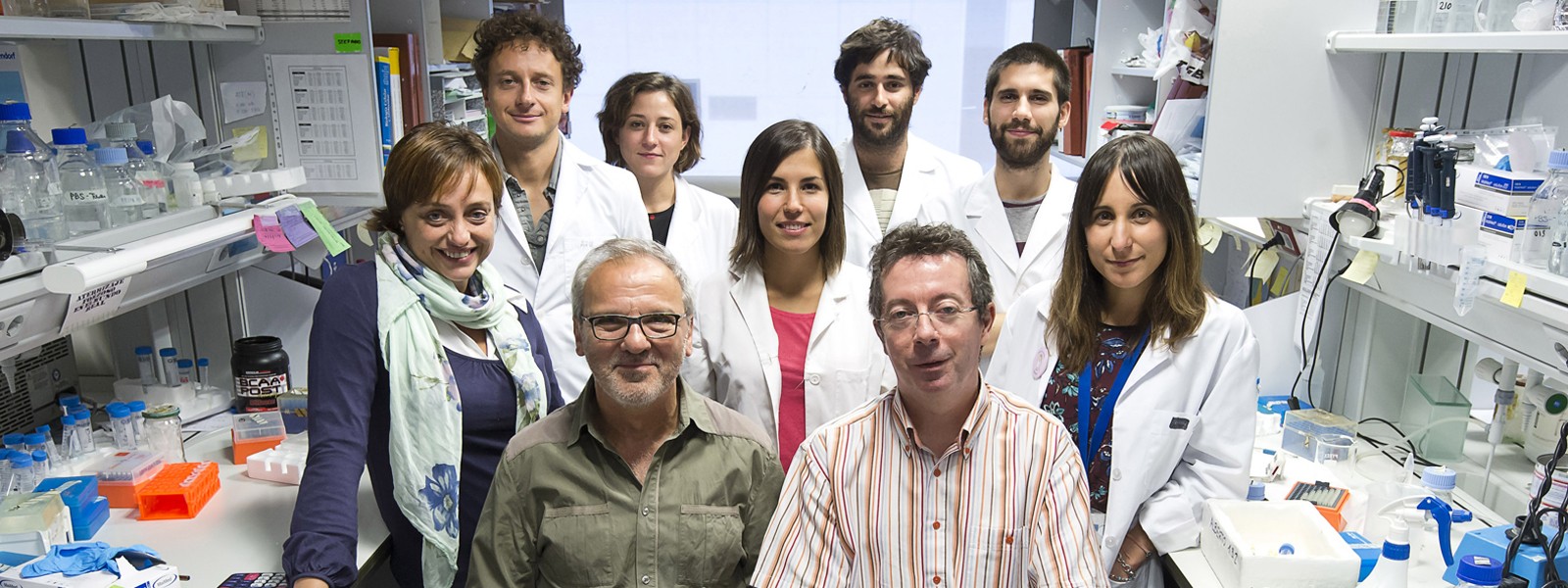DIRECTOR
RESEARCH TEAM
José Antonio Esteban García; Adrián Martín Segura; Irene Palomares Pérez and Marta Navarrete Llinás, Centro de Biología Molecular “Severo Ochoa” (CSIC-UAM); Ángel Rodríguez Nebreda and Sandra Colié, IRB Barcelona; Jesús Martínez de la Fuente, Aragón Materials Science Institute (ICMA); and Laura De Matteis, University of Zaragoza.
COLLABORATING INSTITUTIONS
DESCRIPTION
The final objective of this work is to utilize nanobiotechnology for brain‐only inhibition of p38MAPK activity as therapeutic approach against Alzheimer’s disease (AD).The rationale behind choosing p38MAPK inhibition is twofold. Firstly, data from our own laboratories showing that excess activity of this pathway is a common feature of the hippocampus and cortical areas in normal old mice and that an Alzheimer’s genetic mouse also lacking (brain only) the a form p38MAPK present improved electrophysiological response and better cognitive capacity (see Preliminary work).
Second, the existence of a number of inhibitors under investigation in clinical trials that could be, eventually, exploited for use in AD‐related clinical trials. The rationale behind the choice of nanobiotechnology for organ‐specific deliever is very simple: the side effects resulting from inhibiting p38MAPK in organs with normal levels of this enzyme’s activity.
In fact, none of the inhibitors in phase II clinical trials for diseases like escleroderma o reumathoid arthritis has been advanced to phase III due to, among others, hepato‐toxicity.We will first determine the effect of different, under clinical assesment, p38 MAPK inhibitors on the AD pathology in new human APP knockin mouse model of Alzheimer’s disease, available in our laboratories, in which disease signs progress similar to the human situation (i.e. amyloid peptide production significantly precedes plaque deposition in turn significantly preceding cognitive decay in turn preceding neuronal loss).

